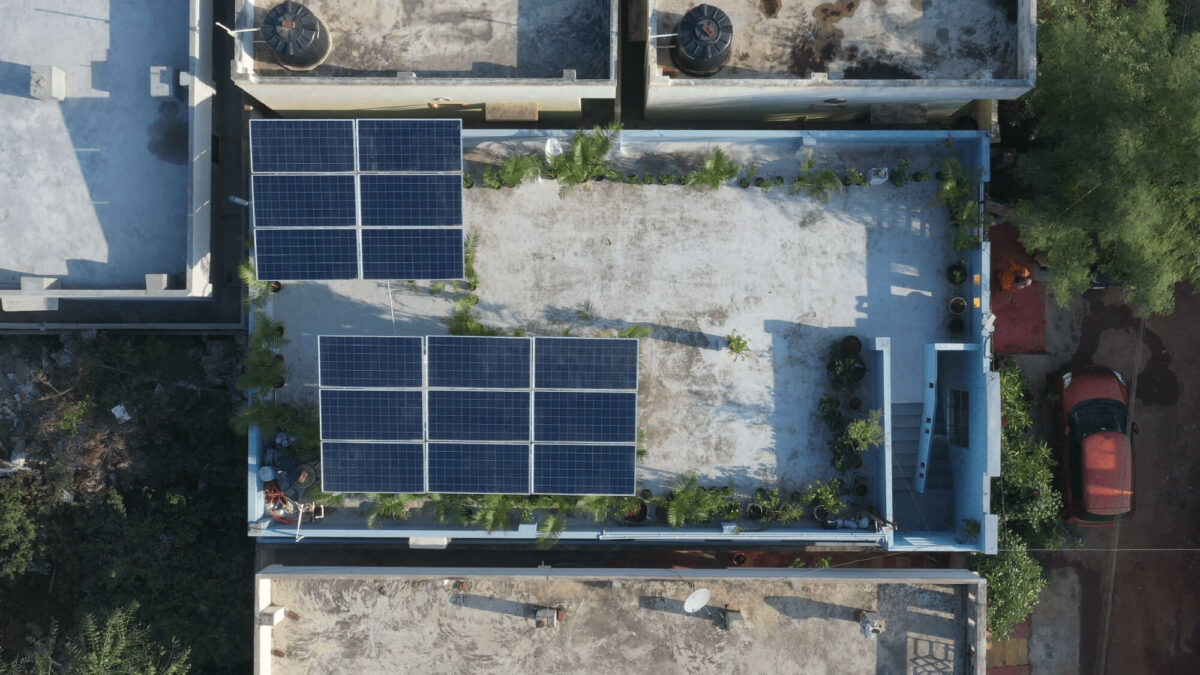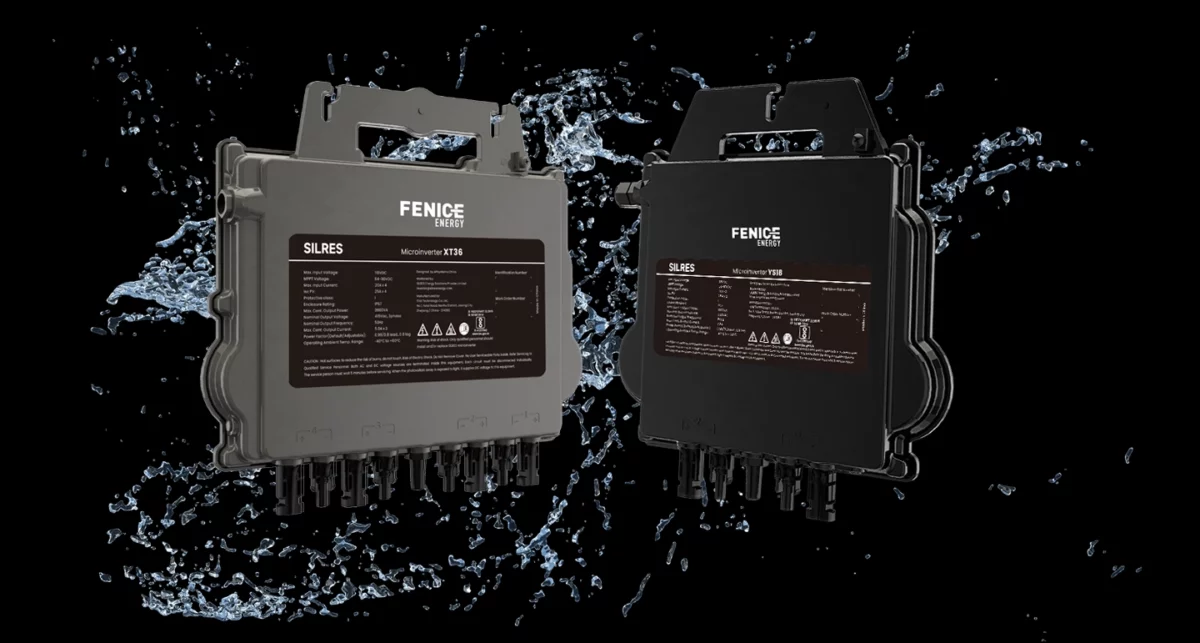Selecting the right combination of inverters and solar panels is crucial to maximizing the efficiency and performance of your solar energy system. Depending on your specific needs, roof conditions, and energy goals, certain combinations may be more suitable than others. Let’s explore the different options in more detail.
String Inverters with Monocrystalline Panels
Ideal Conditions:
Suitable for homes with unshaded roofs that receive consistent sunlight throughout the day.
Works well in regions with ample sunlight.
Advantages:
Cost-Effective: String inverters are generally more affordable than other types.
Reliability: String inverters are known for their reliability and durability.
Simplicity: They are relatively easy to install and maintain.
Considerations:
Shading Sensitivity: String inverters are sensitive to shading, so they may not perform optimally if any part of the panel array is shaded.
Efficiency: Efficiency can be reduced if one panel underperforms or is shaded.
String inverters are a common choice for homeowners looking for a straightforward and budget-friendly solar energy solution. They are well-suited for regions with consistent sunlight and unshaded rooftops. While they offer cost-effective performance, it’s essential to ensure minimal shading to maximize their efficiency.
Microinverters with Polycrystalline Panels
Ideal Conditions:
Suitable for homes with shading issues or varying sunlight conditions.
Works well in regions with intermittent cloud cover.
Advantages:
Shade Tolerance: Microinverters work on a per-panel basis, so shading on one panel doesn’t significantly affect the entire system’s performance.
Advanced Monitoring: Microinverter systems often come with advanced monitoring capabilities, allowing you to track the performance of each panel individually.
Efficiency Optimization: By optimizing the output of each panel, microinverters can increase the overall efficiency of the system.
Considerations:
Cost: Microinverters tend to be more expensive than string inverters, resulting in a higher upfront cost.
Maintenance: Microinverters are more complex to maintain because each panel has its own inverter.
Microinverters are an excellent choice for homes facing shading issues or experiencing varying sunlight conditions. They offer greater flexibility and enhanced efficiency through per-panel optimization. While the initial cost may be higher, the advanced monitoring and improved performance can lead to long-term savings.
Hybrid Inverters with Thin-Film Panels
Ideal Conditions:
Suitable for areas with inconsistent sunlight or homes that require energy storage capabilities.
Works well in regions with fluctuating weather patterns.
Advantages:
Energy Storage: Hybrid inverters can store excess energy in batteries for use during cloudy days or power outages, providing greater energy independence.
Versatility: These systems are adaptable and can operate effectively in areas with fluctuating sunlight conditions.
Backup Power: With energy storage, hybrid inverters can provide backup power when the grid is down, enhancing your home’s resilience.
Considerations:
Cost: Hybrid inverters and energy storage solutions come with a higher upfront cost, but they can offer long-term savings and peace of mind.
Installation: Installing an energy storage system requires careful planning and expertise to ensure optimal performance and safety.
Hybrid inverters paired with thin-film panels are ideal for homeowners seeking energy independence and backup power capabilities. These systems are well-suited for regions with inconsistent sunlight or homes that require reliable energy storage. While they may have a higher initial cost, the ability to store excess energy and provide backup power can offer significant benefits.
Custom Solutions
Ideal Conditions:
Suitable for unique energy needs, such as commercial installations, or when your roof has a combination of shading and unshaded areas.
Works well for larger installations where customization can optimize energy production.
Advantages:
Tailored Performance: Custom solutions allow you to fine-tune your solar energy system to achieve the desired performance levels.
Flexibility: You can adapt the system to address specific challenges, such as shading from nearby structures or trees.
Considerations:
Complexity: Custom solutions can be more complex to design and install, requiring the expertise of experienced solar professionals.
Cost: Depending on the components selected, custom solutions can have varying costs, so it’s essential to budget accordingly.
Custom solutions provide the ultimate flexibility for homeowners with unique energy requirements. They are often chosen for larger installations or when optimizing energy production in challenging environments. While custom solutions offer tailored performance, they may require a higher level of expertise during design and installation.
When deciding on the best combination for your solar energy system, consider your specific circumstances, energy goals, and budget. Consulting with a reputable solar installer or technician is highly recommended, as they can provide a detailed assessment and recommendations tailored to your unique needs. The right combination of solar panels and inverters can significantly impact your system’s performance and long-term savings.
In conclusion, the choice of inverters and solar panels plays a pivotal role in the success of your solar energy system. Whether you opt for string inverters, microinverters, hybrid inverters, or a custom solution, each has its advantages and considerations. Assess your specific requirements and consult with experts to make an informed decision that aligns with your energy goals and budget. Ultimately, the right combination will lead to a sustainable, efficient, and cost-effective solar energy solution for your home.













